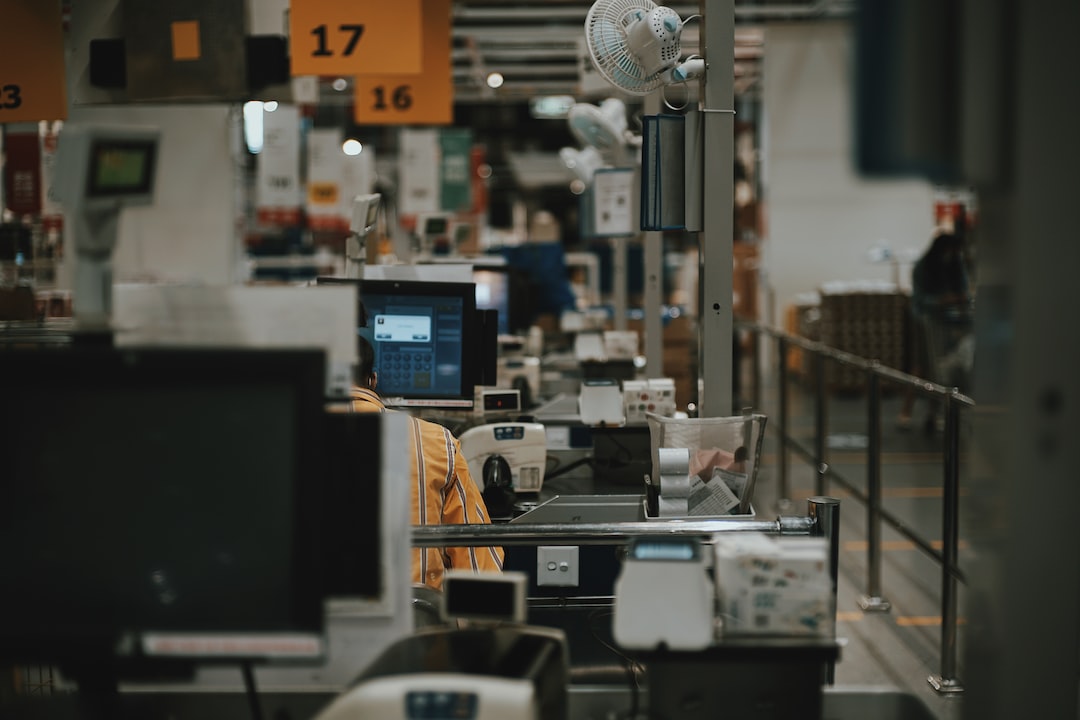The Evolution of Manufacturing Processes: From Traditional to Advanced
Manufacturing has come a long way from its early beginnings to the advanced processes we witness today. Traditional manufacturing techniques relied heavily on human labor and basic tools, limiting the scale, efficiency, and precision of production. However, with the advent of technology and industrialization, manufacturers have embraced advanced techniques that have revolutionized the industry. In this blog post, we explore the evolution of manufacturing processes and the impact it has had on various sectors.
Traditional manufacturing, also known as craft production, was the predominant method before the Industrial Revolution. Skilled artisans would use hand tools and simple machines to create products. Although this technique allowed for custom-made or unique items, it had its limitations. These included slow output, inconsistencies in production quality, and high costs due to the labor-intensive nature.
The mechanization of manufacturing processes during the Industrial Revolution marked a crucial turning point. The invention of machines like the spinning jenny, power loom, and steam engine paved the way for mass production. This shift from hand craftsmanship to machine-based production dramatically increased productivity, efficiency, and lowered costs. It allowed for the creation of standardized products on a larger scale, benefiting both manufacturers and consumers.
The next significant leap in manufacturing processes came with the introduction of automation. This era witnessed the use of electrical power, conveyors, and assembly lines to streamline production further. Henry Ford’s assembly line revolutionized the automobile industry, enabling the fast and efficient manufacturing of vehicles. As a result, goods became more affordable, leading to increased consumer demand and economic growth.
However, it is in recent years that the manufacturing industry has witnessed truly groundbreaking advancements. The emergence of advanced technologies like artificial intelligence (AI), robotics, and 3D printing has dramatically transformed the landscape. These technologies not only enhance productivity and efficiency but also enable customization and flexibility in production.
AI and robotics have made it possible to automate complex tasks, reduce human error, and optimize production processes. Intelligent robots can perform tasks with precision and skill, leading to higher quality products. They also have the capacity to work alongside humans, resulting in a hybrid workforce that is capable of tackling both routine and complex manufacturing tasks.
3D printing, or additive manufacturing, has garnered significant attention for its ability to create three-dimensional objects layer by layer. This technology allows for the production of complex designs and prototypes with unparalleled speed and precision. From manufacturing customized medical implants to creating intricate architectural models, 3D printing is revolutionizing various industries.
In conclusion, manufacturing processes have evolved significantly over time, from traditional craftsmanship to advanced technology-driven techniques. From the mechanization of production during the Industrial Revolution to the current era of automation and additive manufacturing, each phase has brought unprecedented changes to the industry. These advancements have not only improved productivity and efficiency but have also opened up new possibilities for customization, flexibility, and innovation. As technology continues to advance, we can expect the manufacturing industry to push the boundaries further and achieve remarkable feats in the future.

